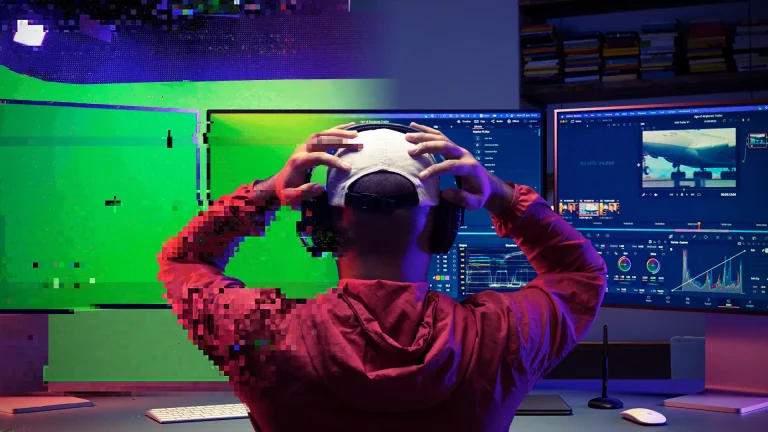If you are someone who is into movies or digital animation, you might have heard the term VFX being thrown around a lot. So, what exactly is VFX? In this article, we will explore the full form of VFX, what it means, and how it is used in the entertainment industry.
What is VFX?
VFX stands for Visual Effects. It refers to the manipulation of real-life footage and images or the creation of entirely new visual elements to create a realistic and immersive experience for the audience. These visual effects are used extensively in movies, TV shows, video games, and commercials.
How are VFX created?
Visual effects are created using a combination of software tools and techniques. The process typically involves the following steps:
- Pre-Production: During the pre-production stage, the director and VFX supervisor work together to create a storyboard, which outlines how each scene should look. This storyboard serves as the blueprint for the VFX team.
- Shooting: Once the pre-production is complete, the shooting of the footage begins. This footage is later used as the base material for the VFX.
- Post-Production: In the post-production stage, the VFX team uses software tools to create or manipulate the footage. This process involves several steps, including rotoscoping, tracking, compositing, and color grading.
- Rendering: After the VFX is created, it needs to be rendered to create the final output. This can take several hours or even days, depending on the complexity of the visual effects.
Types of VFX
There are several types of visual effects, each serving a different purpose. Some of the most common types of VFX are:
- Special Effects: Special effects refer to the practical effects that are created on set, such as explosions, smoke, and fire.
- CGI: Computer-generated imagery (CGI) is the creation of digital objects or characters using computer software. These objects are then integrated into the live-action footage.
- Matte Painting: Matte painting is the creation of a background or environment that does not exist in real life. This technique involves painting or digitally creating an image that can be used as the backdrop for the live-action footage.
- Motion Capture: Motion capture is the process of recording the movements of a live actor and using that data to animate a digital character.
Importance of VFX in the entertainment industry
VFX has revolutionized the entertainment industry, allowing filmmakers to create realistic and immersive experiences for the audience. It has made it possible to bring imaginary worlds to life and create larger-than-life action sequences. From superheroes to sci-fi, VFX has become an integral part of modern filmmaking, making it possible to tell stories that were once impossible to imagine.
Career opportunities in VFX
The increasing use of visual effects in movies, TV shows, and video games has created a high demand for skilled VFX artists. Some of the career opportunities in VFX are:
- VFX Supervisor: A VFX Supervisor oversees the creation of visual effects in a film or TV show.
- Compositor: A compositor is responsible for combining various elements, such as CGI and live-action footage, to create the final output.
- 3D Animator: A 3D Animator creates and animates 3D objects and characters.
- Matte Painter: A matte painter creates digital or painted backgrounds that are used in the final output.



0 Comments